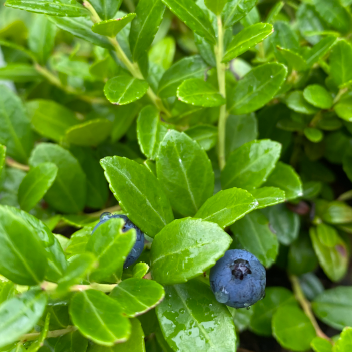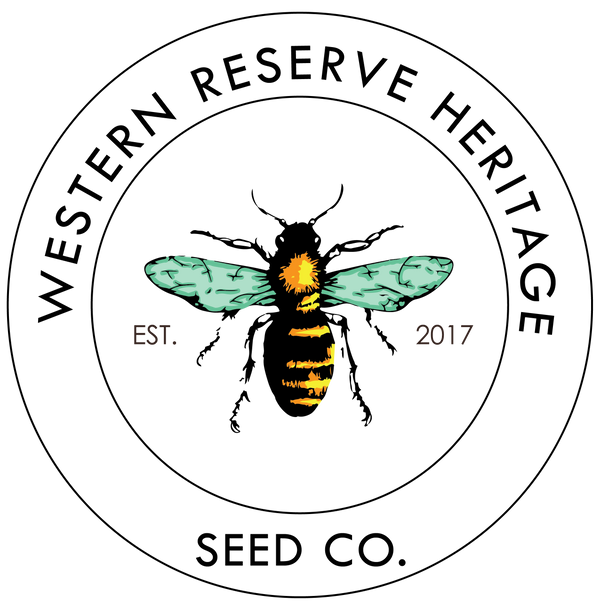Western Reserve Heritage Seed Co.
Huckleberry, Box
Huckleberry, Box
Couldn't load pickup availability
Gaylussacia brachycera, commonly known as box huckleberry, is a low North American evergreen shrub native to the east-central United States. Related to blueberries and other huckleberries, Box Huckleberry is easily distinguished from other members of its genus by its leaves: resembling those of boxwood (hence its name). Makes pinkish white urn-shaped flowers in the early summer, which develop to blue, edible berries from mid to late summer. A long-lived perennial found in isolated colonies and a relict species nearly exterminated by the last ice age. Box huckleberry grows to about 12 inches high, and spreads through creeping stems, known as rhizomes. Its glossy green leaves hold year-round making it one of the most attractive groundcovers. One colony in Pennsylvania is estimated to be 8,000-13,000 years old, which would make it the oldest living organism in the United States and second oldest in the world. Box huckleberry is difficult to propagate, making it rare in the trade and hard to find for sale.

Share


